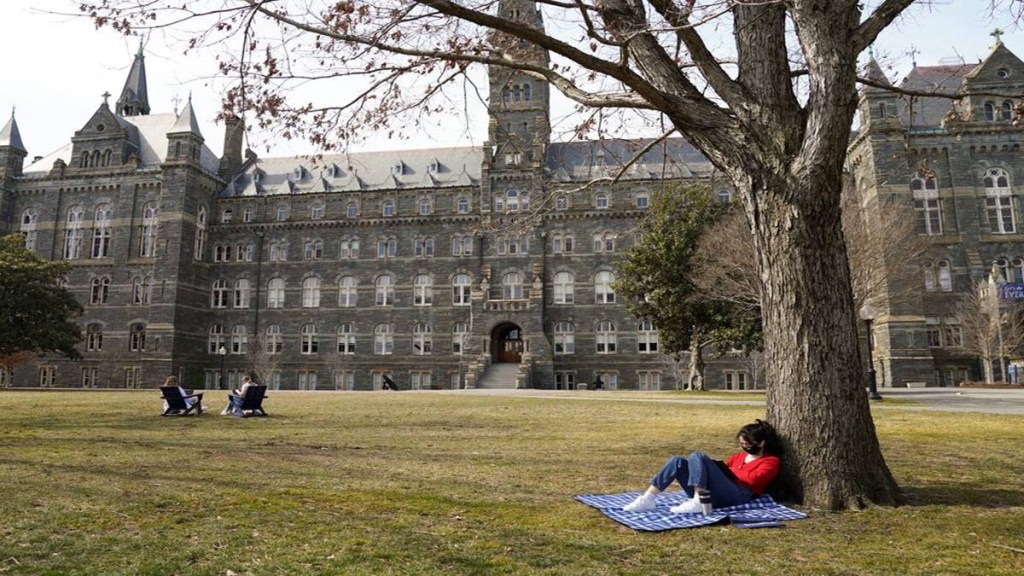With the prospects of Donald Trump returning as the US president after the November 5, 2024 election turning brighter, Indian students planning to study in the country have their fingers crossed. Majority of polls show that Trump, as likely Republican party candidate, is leading the race against the current president Joe Biden, who is tipped to seek re-election.
The development comes amid a rise in India residents entering the US in recent years, and forecasts that this trend might continue. Analysts still hope that the situation might be different in a second Trump Presidency because of a “shift” in the US labour market in the past 2-3 years, due to the absence of skilled manpower faced by many industries.
Various ‘Study abroad’ platforms that FE spoke with, recalled that the four years of Trump presidency – from January 2017 to January 2021 – was the “worst period” for the international students planning for higher studies in the US.
“It was clearly a hostile period for global students because Trump wanted more jobs to be reserved for the US citizens and therefore, he kept the international students’ inflow under tight control,” said India head of an online platform that assists students in admission process at colleges and universities in Canada, the US, UK, and Australia, on condition of anonymity.
“The number of Indian students entering the US surged by 11% in 2023 and is projected to rise even more in 2024. However, the potential for a second Trump presidency may discourage students from pursuing studies in the US,” said Karunn Kandoi, Chief Experience Officer at ApplyBoard.
As per Open Doors, in three years prior to the Trump presidency, the number of Indian students in the US jumped over 71% from 96,754 in FY13 to 165,918 in FY16. But between FY17 and FY21, during the Trump presidency, the Indian students in the US dipped 10% to touch 167,582.
Even after excluding the Covid period – that is FY20 and FY21 – the number of Indian students in the US stagnated between FY17 and FY19 registering a growth of just 8%. Compare this with the Biden presidency period when the number of Indian students in the US has skyrocketed, registering a growth of 35% in just one year (from FY22 to FY23).
Experts said that unlike several other countries, the US federal government follows immigration policies that are not linked to the economic interests of their higher education institutions.
“The US government has an yearly visa quota for the number of foreign students that they want to allow. If they want to tighten it, they usually don’t care about whether the colleges will be able to fill up their seats or not. The university ecosystem is quite scattered in the US with about 500 colleges (offering undergrads or post grad courses or both) taking in international students. As such, selection in an Ivy League college almost guarantees US visa; but the tier-II and III colleges are usually at the receiving end of the tightening visa norms,” said CEO of a leading international student services agency.
Some experts said that the situation might be different this time because of a shift in the US labour market in the past 2-3 years. For instance, there’s a sharp drop in the number of US citizens pursuing undergrads. This is due to students dropping out of the colleges which has created a shortage of skilled manpower. As per Pew Research Center, college enrollment among young Americans has been declining gradually over the past decade. In 2022, the total number of 18- to 24-year-olds enrolled in college was down by 1.2 million from its peak in 2011.
“As the number of domestic students dropping out of US colleges increases, there could be mounting pressure on the federal government to admit more foreign students in the years to come.” said ApplyBoard’s Kandoi.
